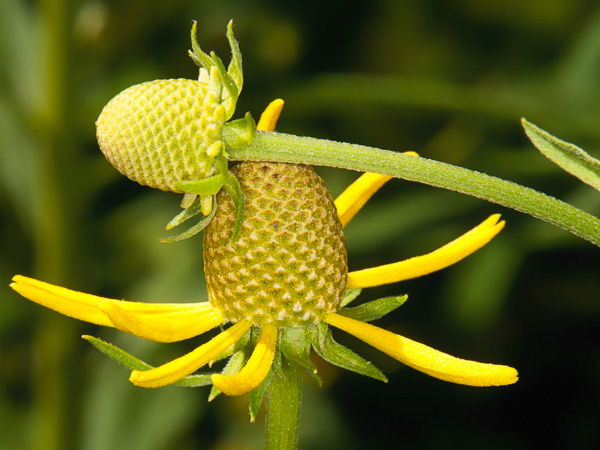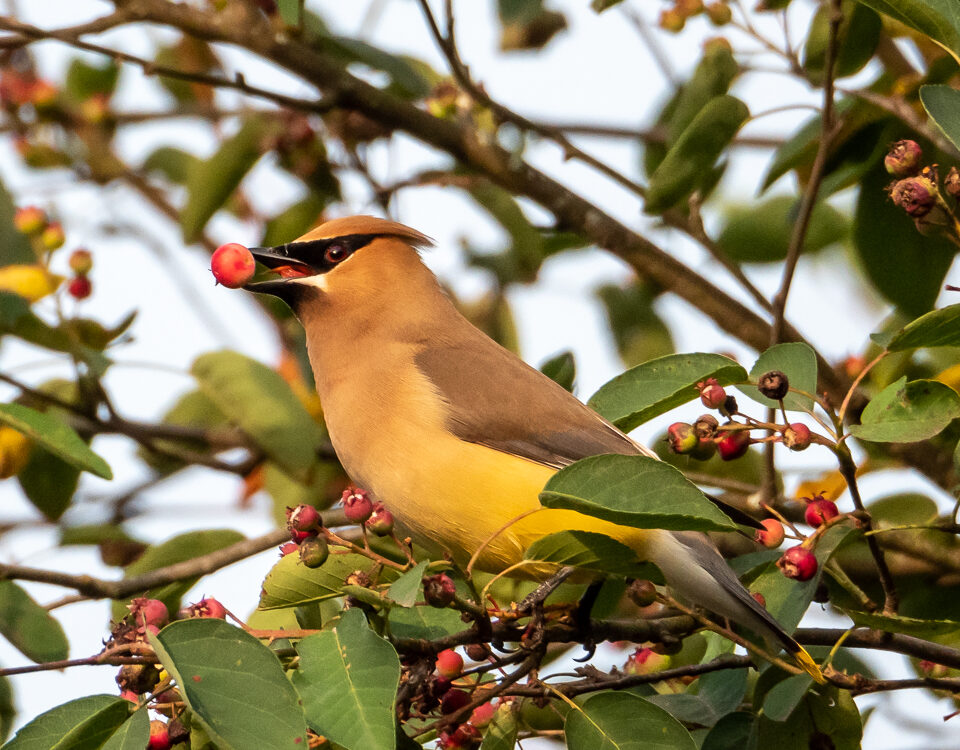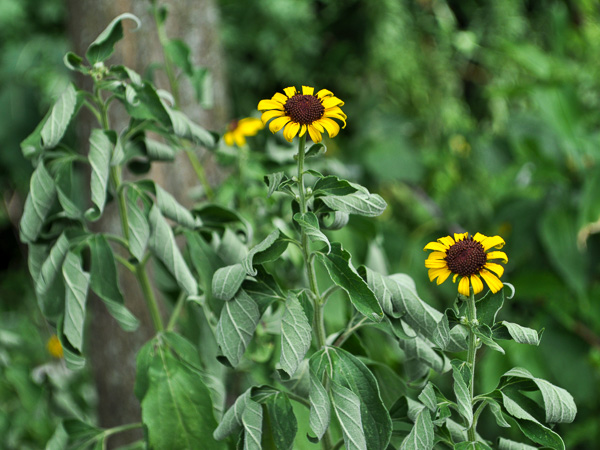
6 Key Principles for Drought Tolerant Landscape Design
September 8, 2016
Why Landscape with Native Plants? Part 1
February 10, 2022Is Your Garden Social? Why a Plant Community Approach works!
Social Networks are everywhere! Would you believe that plants have them too?

According to plant scientists, this is exactly the case. A brief introductory article noted below introduces the world of microorganisms called the phytomicrobiome that abounds in and around plants and how the connections and communications between all these organisms and the plant itself benefit the plant. As noted in the article these interactions are a result of millions of years of evolution and are at their highest level and most beneficial in nature in a full-fledged plant community environment. Because big money is at stake, studies of the workings of the phytomicrobiome are being done to help companies develop better approaches to fostering maximum health and growth of agricultural crops.
I believe this message resonates across all manners of horticulture but especially in my area of focus – ecologically sound, native plant design. What this echoes perfectly in my opinion are some of the bedrock principles of native and ecologically sound landscape planting design.
Rule 1 – USE NATIVE PLANTS (especially those suited to the site conditions)
Rule 2 – GROUP PLANTS IN INTERLOCKING COMMUNITIES (create and allow for diverse communities of multiple species with similar habitat needs)
Rule 3 – MAXIMIZE DIVERSITY (a native meadow in lieu of some lawn is an ideal way to do this!)
Rule 4 – FOREGO CHEMICALS (as much as possible)
I truly believe that following these principles leads to the healthiest of landscapes –those requiring the least amount of our intervention to have them function at a high level.

The introductory article from Nursery Management e-zine can be found here: https://www.nurserymag.com/article/study-finds-plants-need-active-social-lives-to-stay-healthy
And for you complete plant nerds out there – the full “mini review” article from Frontiers in Plant Science can be found here: https://journal.frontiersin.org/article/10.3389/fpls.2015.00709/full



